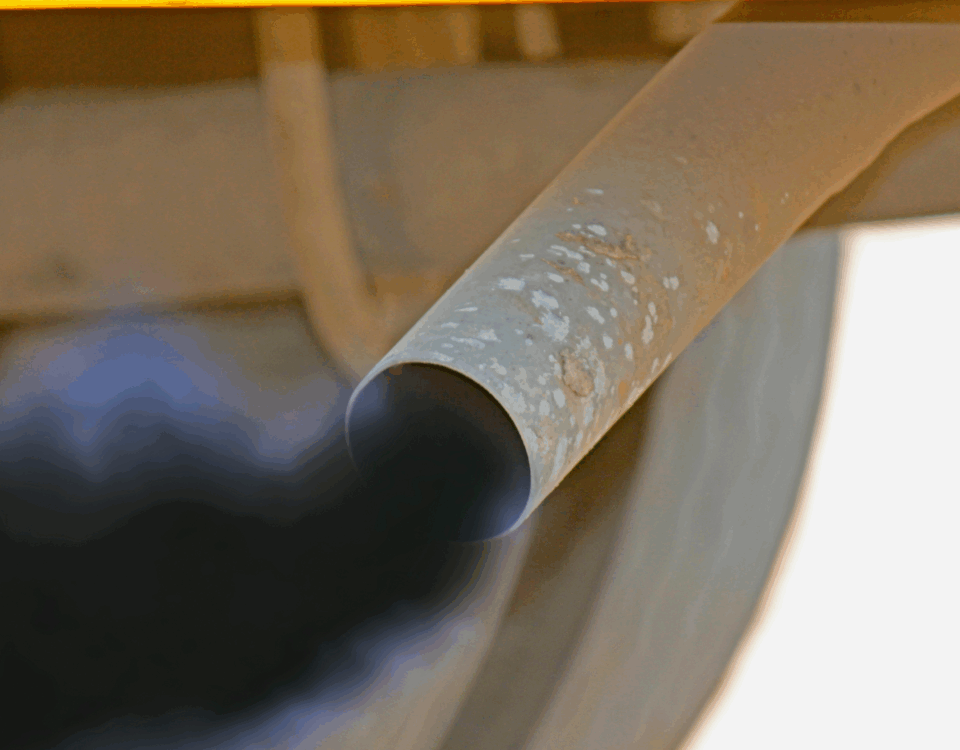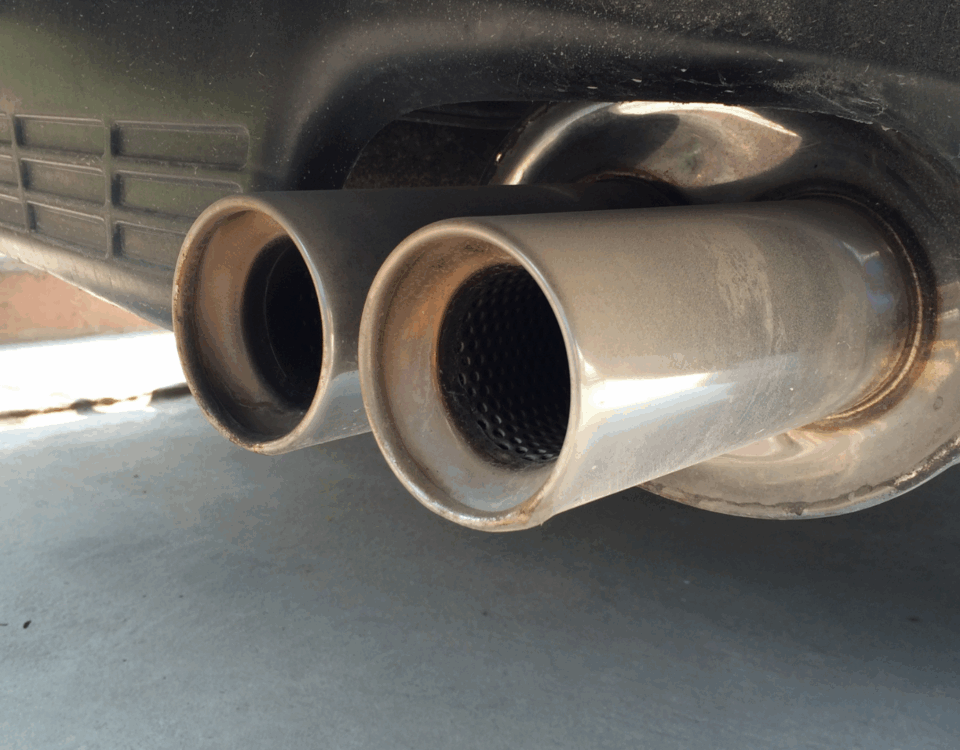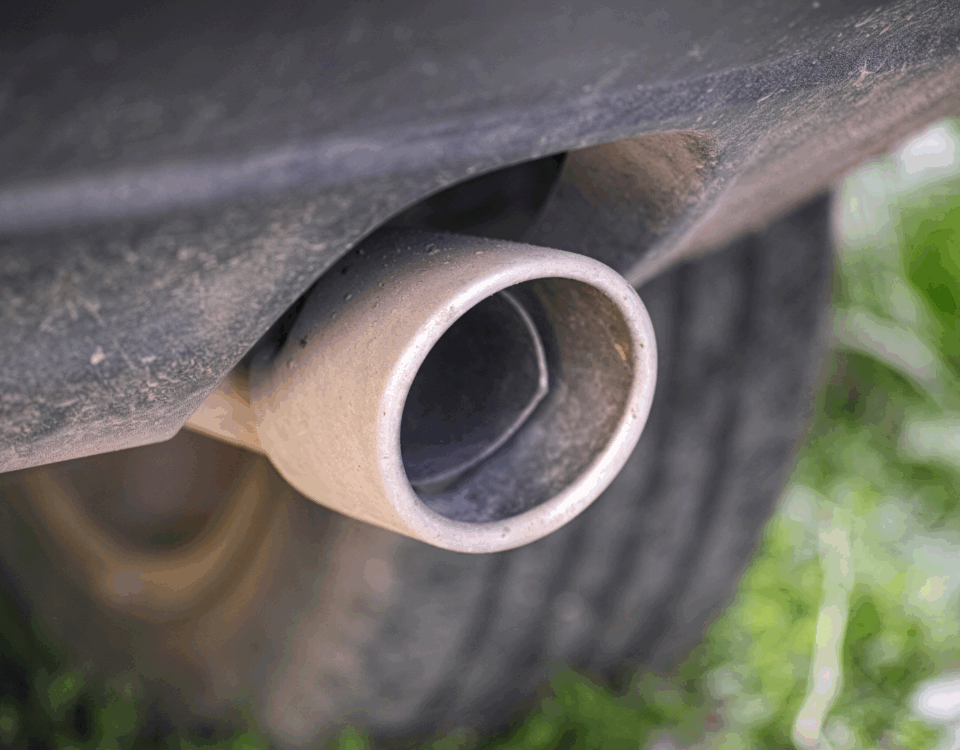Smog Check vs. Emissions Test: Understanding the Key Differences
November 12, 2024Overview Your Guide for What to Expect at a Smog Inspection Station
November 18, 2024When it gets to that time of the year for your vehicle to attain smog compliance, you have to pay a visit to the smog inspection station. If you have not been through the processes that take place, it can be an overwhelming experience. In this article, we are going to highlight exactly what you can expect from a smog inspection in order to make sure you are prepared for what is likely to take place.
Arrival at the Smog Inspection Station
The first step in the process of smog inspection for your car is to report at any certified smog inspection station. Ensure that this station is one that has attained all the state requirements. You will meet a technician as soon as you reach the station, and he will ask for all the information about your car such as make, model, and year. Have your vehicle’s registration and identification accessible to ensure a smooth check-in.
The technician will inspect the exterior of your vehicle and then begin to ask some general questions about your vehicle’s performance. He may ask if you have experienced a problem with the exhaust system or engine performance. These are simple initial steps, yet they are very important in addressing whether your vehicle is ready for testing.
Smog Testing Procedure
Once your vehicle is registered, it’s time for the actual smog testing. In fact, it is the real heart of any smog inspection station. Basically, this involves an assessment of the car’s emission system regarding compliance with State and Federal standards on air quality. Special equipment is used by technicians in order to measure the amount of some pollutants coming out of your vehicle’s exhaust system.
In most inspections, there are two major tests that involve:
Visual Inspection: The technician searches for obvious issues, like detached hoses, torn seals, or other physical damages to your car’s emission system.
Emissions Test: Under this test, a probe is placed in the tailpipe while the engine runs at different speeds. Equipment analyzes all the passing gases to check whether they follow the set emission standard criteria.
During this process, they may also check the operation of the OBD system in your vehicle for emissions monitoring in newer vehicles.
Receiving the Results of the Smog Inspection
After the test is complete, the technician will provide you with the results. On those results, the report will indicate, in words, whether or not your vehicle passed or failed the inspection. If the vehicle passes, most stations will automatically transfer their results to DMV to make renewing registration a whole lot easier.
Where your report shows a failure in the test, you get specific causes of such a failure. This may be due to malfunctioning oxygen sensors or damaged catalytic converters, even emission that are too high through the tailpipe. In this case, you would have to rectify the problems and get your vehicle retested from that smog inspection station.
Tips for a Successful Smog Inspection
Following are a few tips to help you get through the smog test the first time:
- Perform Routine Maintenance: Keep the oil in your vehicle clean, and the air filter in good condition. Many emission problems can be avoided by routine tune-ups themselves.
- Warm up your vehicle: At least 15 minutes of driving before the test will allow the engine to reach the optimum working temperature.
- Check for Warning Lights: Ensure that the check engine light is not illuminated. If it is, address the issue with a mechanic before the inspection.





